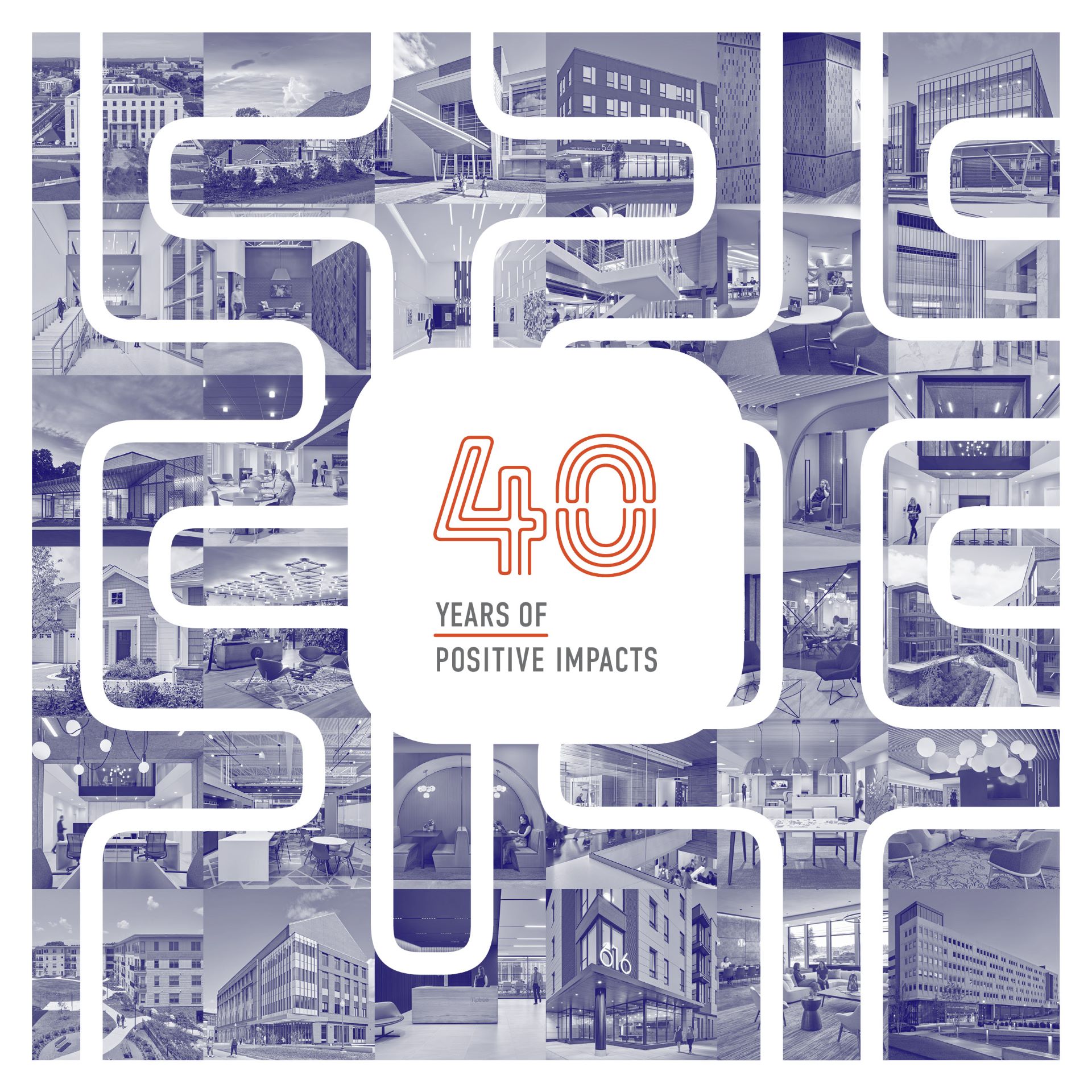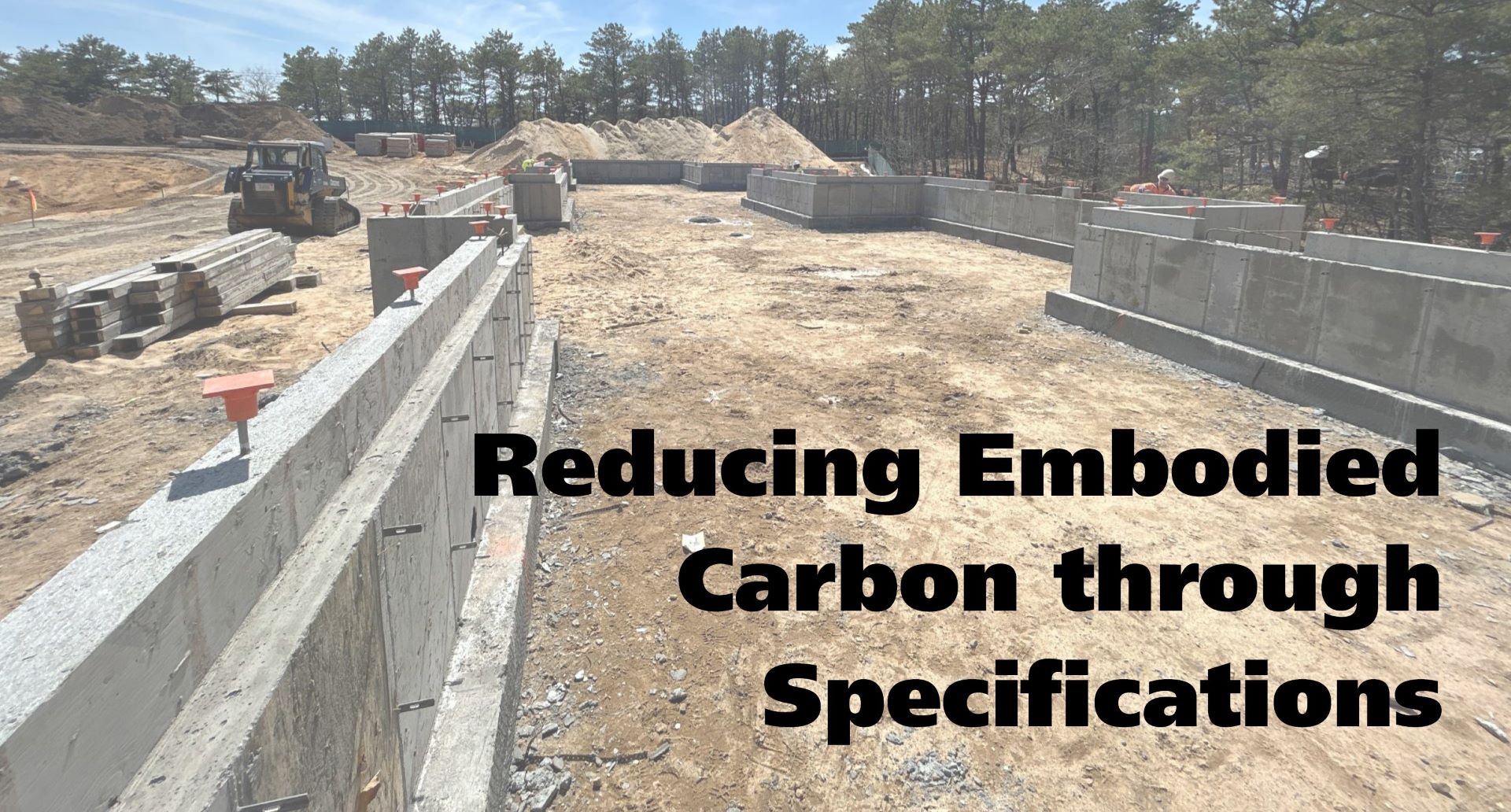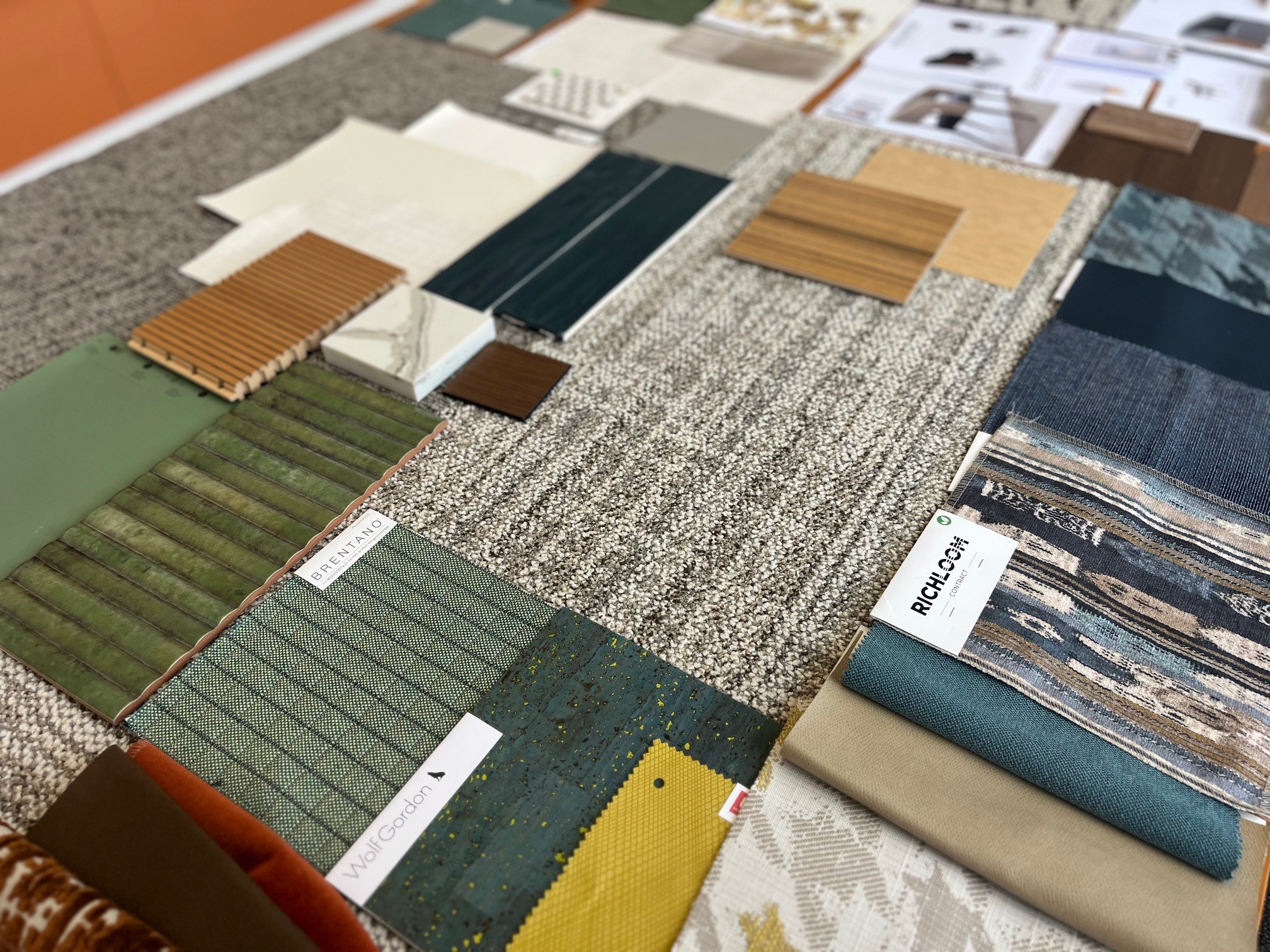The workplace just got a lot more complex. Media headlines are full of articles about the return to the office post-Pandemic. Not surprisingly, there is pushback from employees who have grown proficient at using technology to perform their work from home and want to stay there. Employers, too, grapple with questions about how much office space they really need. The solution may be a middle ground, with a hybrid model that allows a workforce to combine several in-office days with others spent working from home.
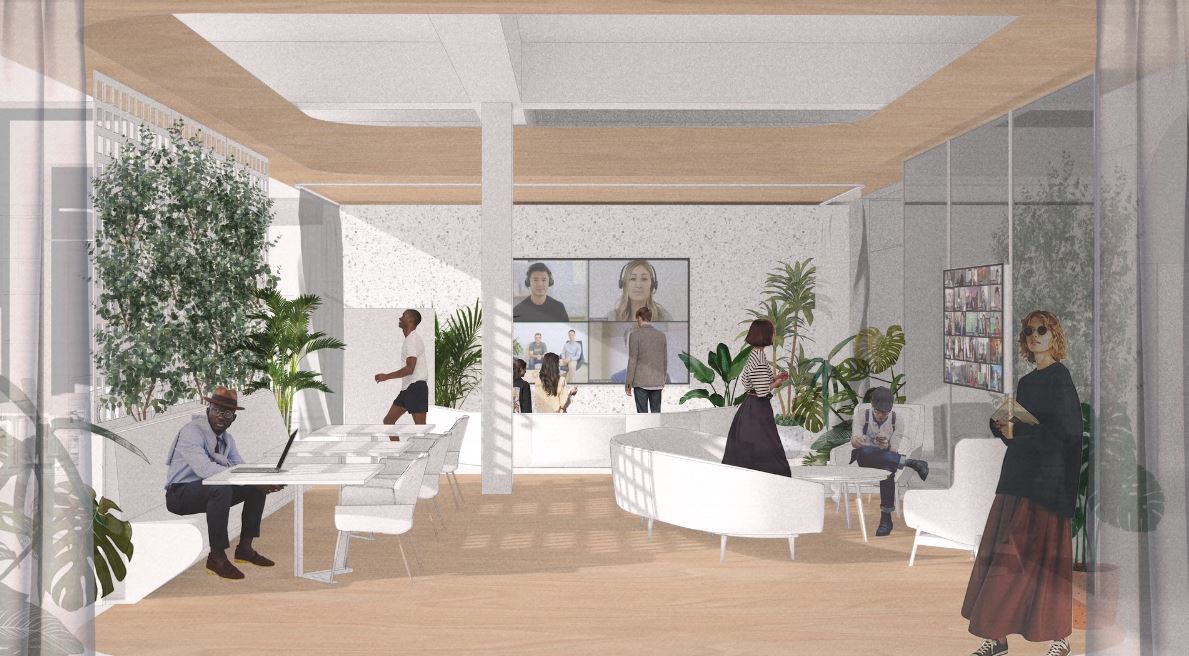
What kind of environment can employers provide that will encourage people to come back to the office?
While technology has kept the world connected and working, the Pandemic has had a negative impact on office culture. Employees feel detached from their work communities and all that results from the sharing of ideas in person. The flip side is the additional productivity that results from using time formerly spent commuting.
Several big questions emerge. What kind of environment can employers provide that will encourage people to come back to the office? What lessons have we learned from Covid 19 about creating safe, healthy work environments? How will employers and employees negotiate the politics of shared space?
Emerging Design Trends
Our research has revealed three overarching ideas about the future workplace: collaboration, wellness and flexibility.
- Collaboration: Spaces that foster the exchange of ideas and information.
- Wellness: Spaces that support healthy habits on a daily basis to include natural light, improved air flow, views to outdoors, biophilic design, relaxation spaces, and easy-to-clean surfaces and furniture that can be disinfected overnight to welcome the next day’s teams.
- Flexibility: Spaces and furniture that can be reconfigured for multiple functions.
Although this office prototype has a small footprint, the same concepts can be applied to offices of all sizes for a successful workplace of the future.
Programmatic Shifts
These ideas will result in programmatic shifts. For example, some companies may no longer need a receptionist or formal waiting area for guests. Employees may enter and take a separate path from office visitors. The concept of a residential “mudroom” might emerge as an employee passthrough with lockers, where rotating groups of employees can stash personal belongings, and finished with flooring materials to wick away outdoor contaminants and special lighting to kill bacteria on clothing and surfaces. Some larger spaces will be needed for group gathering, alongside smaller teaming areas. Technologies such as QR codes will allow employees office access and enable them to reserve desks or meeting spaces for the day’s tasks.
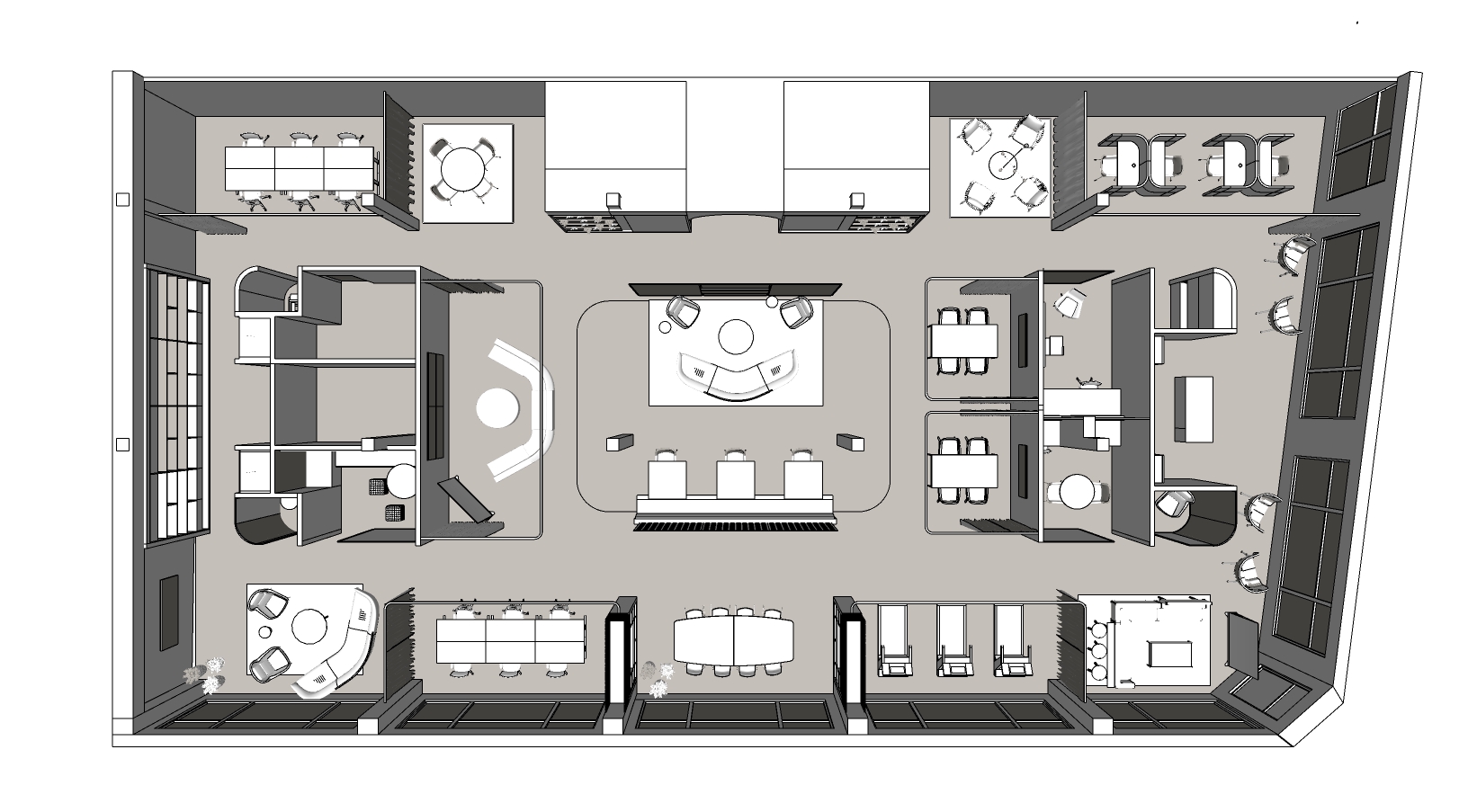
Design Implementation
The emerging office will introduce a fluid workplace that adapts to the requirements of users and creates the best scenario for an engaging and productive workforce.
Guests may be greeted with a welcome video, with directions for how to sign in using an iPad. There may be a communal coffee/tea station for guests that doubles as an employee teaming pod.
A fairly open plan may be focused around a central “Exchange” space that can be used for lunches, informal meetings or large gatherings. This large space has the flexibility to be partitioned off with curtains to provide more private meeting rooms. The central zone will be flanked with some solid walled rooms for bookable offices or other privacy needs. Other solid walled spaces may be opened up for more transparency by removing doors or front walls. Material selection and acoustic considerations will be key to this more open office space. The strategic use of curtains will provide ultimate flexibility around the office perimeter to transform spaces into teaming and visioning pods.
Wellness initiatives will be achieved with green walls, natural light that floods the open floor plan, and support spaces that give employees options to decompress – even tranquility rooms and treadmill workstations.

Challenges Ahead
It is clear the pandemic has forced a change in the way employees work, and this will impact how future workspaces will be designed. The new hybrid workplace puts the focus on wellness, flexibility, and collaboration, supporting both the employer and employee’s needs.

